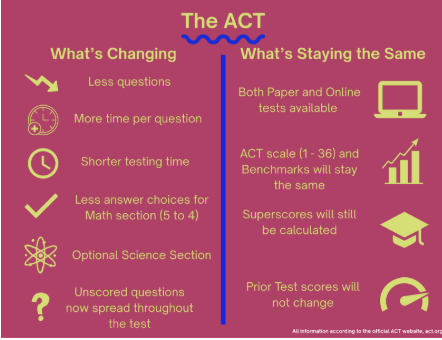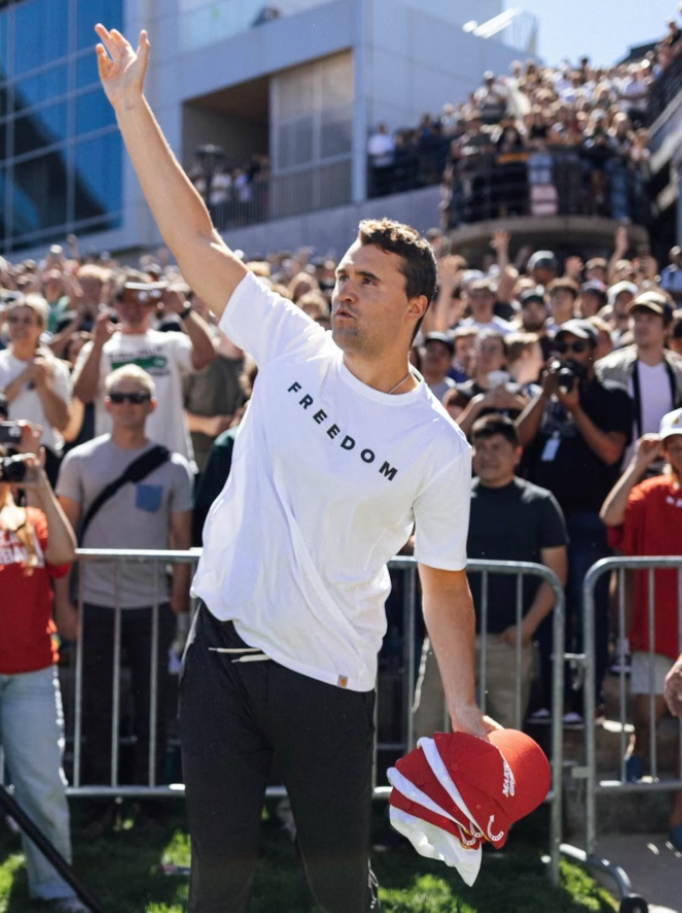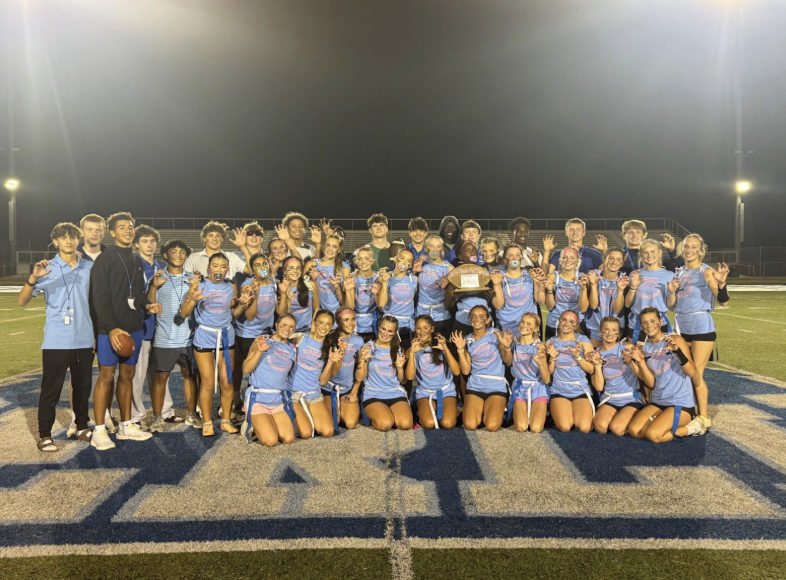In a watershed moment for the space exploration industry, the commercial astronautics company SpaceX, has safely returned one of its rocket boosters to a Texas launch pad.
Last week, the “Super Heavy” booster, which measured 233 feet, or 71 meters, lifted off at 7:25 a.m. central time from the launch facility at Boca Chica, Texas, with the Starship rocket headed for space situated on the top of the booster. Once it reached an altitude of roughly 40 miles above sea level, the two components split, as the booster began its return to land.
To slow its descent, the booster re-ignited three of its 33 Raptor engines, as it returned to the launch site, next to a 400 foot tower, taller than the Statue of Liberty, endowed with two large metal arms to “catch” the rocket.
The operation proved successful, as the booster component safely fell into the arms of the tower.
“The tower has caught the rocket!!” Elon Musk, CEO of SpaceX, said, on a thread on X.
The Starship continued its journey into outer space for another 45 minutes, then began its descent once it reached an altitude of 131 miles above sea level. It landed safely in the Indian Ocean, which marked the end of its fifth test flight.
“This is a day for the engineering history books, This is absolutely insane! On the first-ever attempt, we have successfully caught the Super Heavy booster back at the launch tower,” Kate Tice, SpaceX manager of Quality Systems Engineering, said.
Before such tests were conducted, SpaceX had to drop used rocket boosters in the ocean, then send out specialized dive teams to recover the components, bring it back to base, and refuel it with propellant. However, with this breakthrough, the field of reusable rocket technology has been opened, and the possibilities for successes in space exploration are more hopeful than ever.









